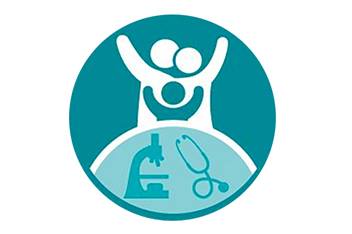Focused Assessment with Sonography in Trauma (FAST)
Phase: Recruiting
First Posted: March
Condition(s): Trauma Care
Other Study ID Number(s): FACT
What Is the Purpose of This Study?
The study aims to determine whether the Focused Assessment with Sonography in Trauma (FAST) examination, performed during the initial evaluation of children with blunt torso trauma, safely decreases the use of abdominal CT scans. It also seeks to evaluate if the use of FAST results in fewer missed or delayed diagnoses of intra-abdominal injuries (IAIs) and to identify factors influencing the decision to obtain CT scans in children considered very low risk for IAI.
Who Can Take Part in This Study?
Children under 18 years old with blunt torso trauma resulting from a significant mechanism of injury, including:
- Motor vehicle collisions (MVC) at >60 mph, ejection, or rollover
- Automobile vs. pedestrian/bicycle accidents at >25 mph
- Falls greater than 20 feet
- Crush injuries to the torso
- Physical assaults involving the abdomen
- Blunt traumatic events with extremity paralysis or multiple long bone fractures
- Decreased level of consciousness (GCS < />
- History and physical examination suggestive of intra-abdominal injury (IAI)
Exclusion criteria:
- ED or prehospital age-adjusted hypotension
- Penetrating trauma
- Prehospital or ED GCS ≤8
- Abdominal seat belt sign
- Diseases associated with intraperitoneal fluid
- Injury older than 24 hours
- Transfer of a patient who already had a CT scan at another hospital
What Will Happen During This Study?
- All patients receive a standardized trauma evaluation and are randomized into two groups: one receiving the FAST exam and one not receiving it.
- The FAST examination is performed by trained emergency or trauma physicians.
- Imaging and data are collected for review and analysis.
- Patients are followed up, with admitted patients monitored during hospitalization, and discharged patients receiving follow-up via phone calls or medical record review.
- The primary outcomes measured are the abdominal CT rate and the rate of missed or delayed diagnosis of IAI.
Can I Opt Out of This Study?
- The study has a waiver of informed consent for the initial FAST exam due to the urgent nature of trauma evaluations.
- However, informed consent or assent is required for follow-up procedures.
- Since the study follows an intention-to-treat approach, patients who meet the inclusion criteria and are randomized cannot opt-out of the FAST or no-FAST group initially, but they may refuse follow-up participation.
- Community consultation was conducted due to the waiver of consent.



